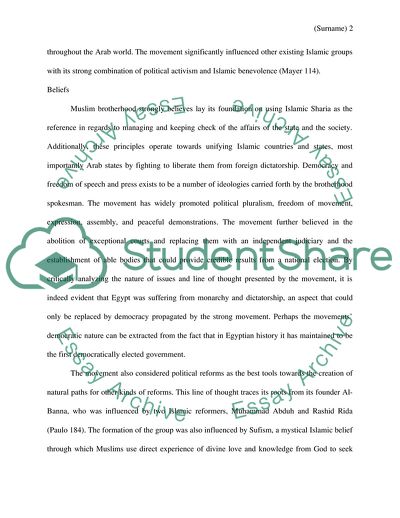Cite this document
(The Movement of Muslim Brotherhood Coursework Example | Topics and Well Written Essays - 3750 words, n.d.)
The Movement of Muslim Brotherhood Coursework Example | Topics and Well Written Essays - 3750 words. https://studentshare.org/sociology/1852637-international-security-muslim-brotherhood
The Movement of Muslim Brotherhood Coursework Example | Topics and Well Written Essays - 3750 words. https://studentshare.org/sociology/1852637-international-security-muslim-brotherhood
(The Movement of Muslim Brotherhood Coursework Example | Topics and Well Written Essays - 3750 Words)
The Movement of Muslim Brotherhood Coursework Example | Topics and Well Written Essays - 3750 Words. https://studentshare.org/sociology/1852637-international-security-muslim-brotherhood.
The Movement of Muslim Brotherhood Coursework Example | Topics and Well Written Essays - 3750 Words. https://studentshare.org/sociology/1852637-international-security-muslim-brotherhood.
“The Movement of Muslim Brotherhood Coursework Example | Topics and Well Written Essays - 3750 Words”. https://studentshare.org/sociology/1852637-international-security-muslim-brotherhood.


